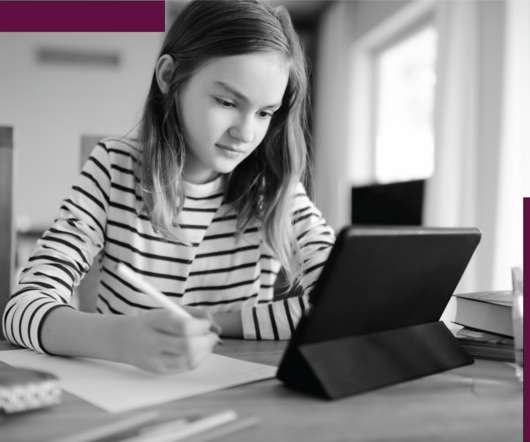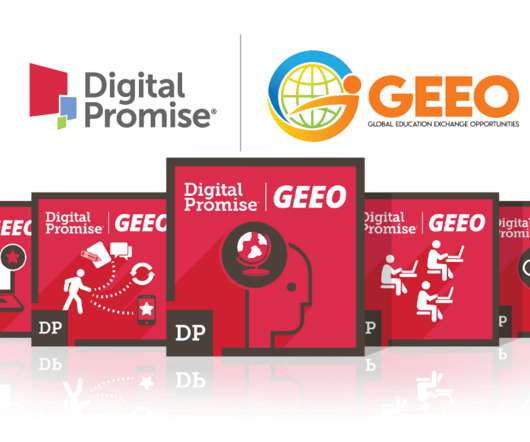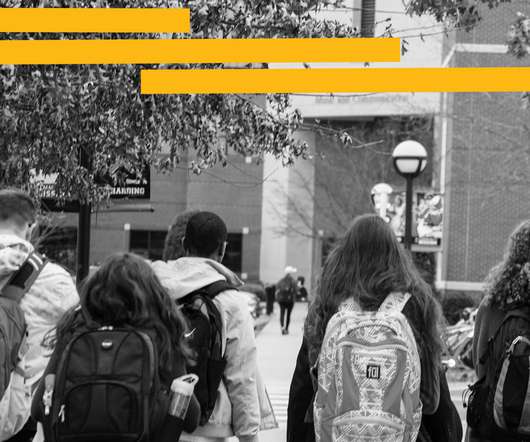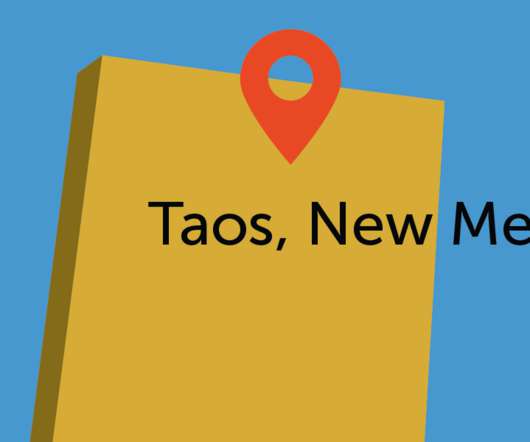Case Study: Clark County School District
Education Superhighway
OCTOBER 6, 2021
An initial needs assessment by CCSD found that 70,000 respondents did not have a device, 18,000 did not have Internet access, and 120,000 did not respond at all. The survey results demonstrated the urgency of eliminating broadband accessibility as a barrier to remote learning. This program was called Connect2Compete.


















Let's personalize your content